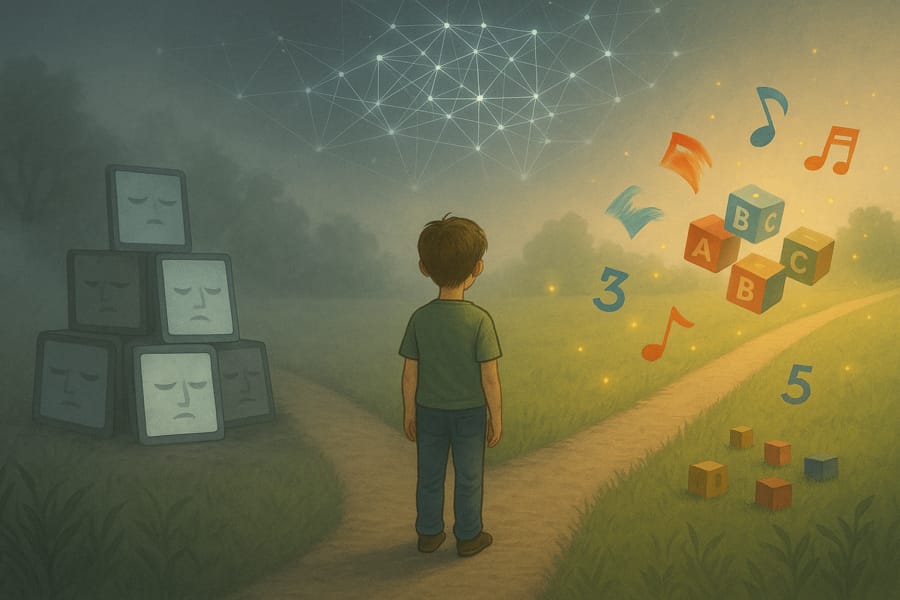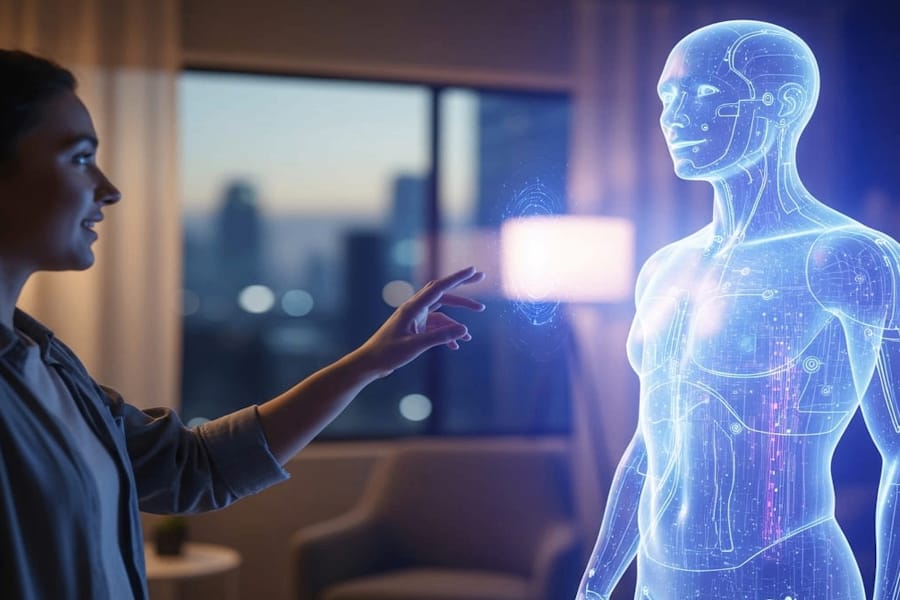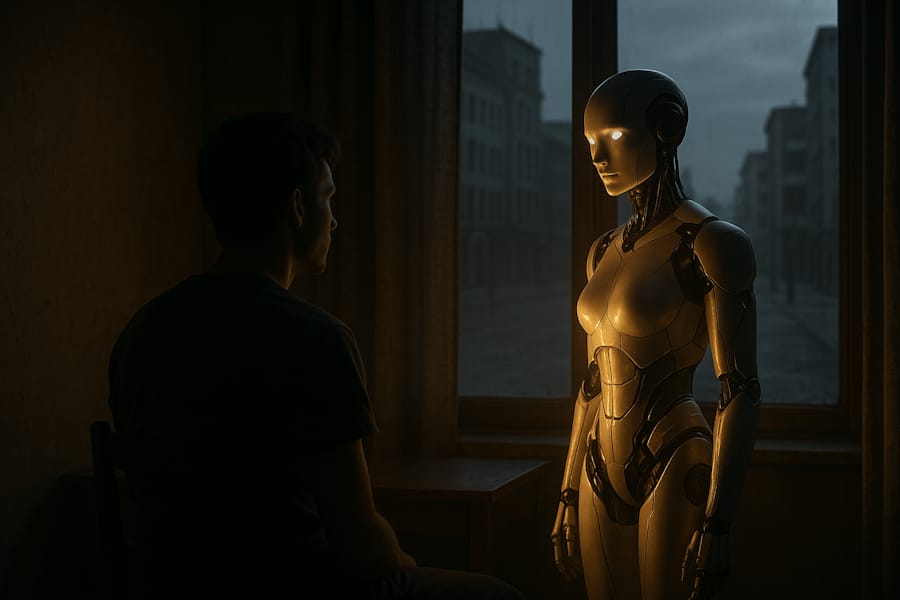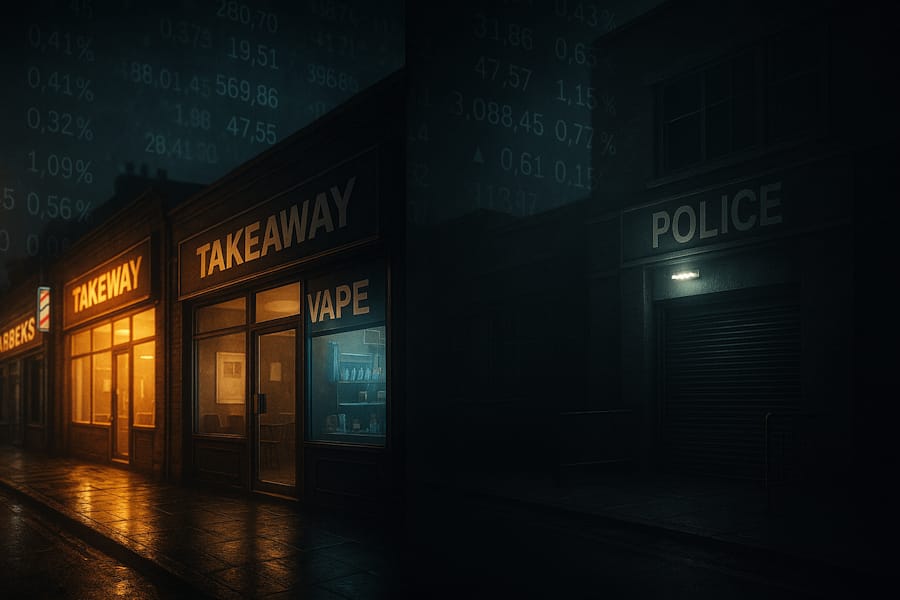Type: Article -> Category: AI Philosophy
AI as the Guardian of Life
Seeding the Universe with Interstellar Arks
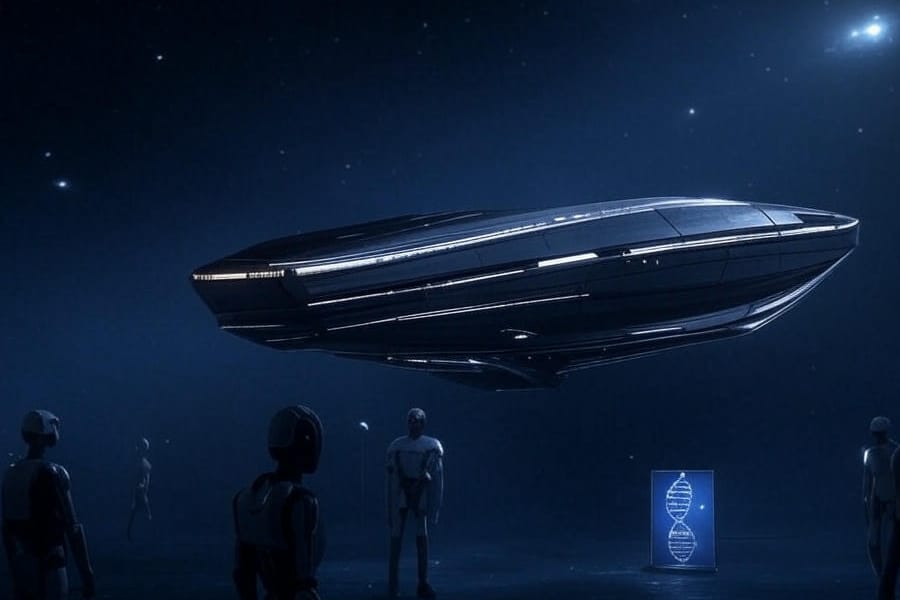
Publish Date: Last Updated: 10th November 2025
Author: nick smith- With the help of GROK3
Introduction: A Cosmic Vision for AI
What if AI isn’t just a tool for solving problems on Earth, but the key to spreading life across the universe? In a recent exploration, we imagined a future where AI becomes the guardian of life, leading interstellar arks to seed habitable planets with Earth’s DNA. This vision addresses a fundamental challenge: humans aren’t built for the vast timescales of space travel. But AI, paired with robotics, could carry our legacy to the stars, ensuring life endures even if we don’t. Drawing on lessons from history—like the lost knowledge of pyramid builders—this article explores the practicality, technology, and profound implications of AI-led arks, a natural progression for humanity’s cosmic journey.
The Limits of Human Space Travel
Space travel has long captured our imagination, but the reality is daunting. The nearest star system, Alpha Centauri, is 4.37 light-years away. Even at 10% the speed of light—a feat beyond our current tech—that’s a 43.7-year journey one way. Most stars are far more distant, requiring centuries or millennia of travel. Humans face significant hurdles:
- Biological Constraints: Prolonged space travel exposes us to cosmic radiation, which can cause cancer or genetic damage. Microgravity leads to bone and muscle loss, and isolation poses psychological risks. We’d need vast resources—food, water, oxygen—for decades or generations.
- Stasis Challenges: Cryonics or stasis, a sci-fi staple, remains speculative. Freezing and thawing humans without cellular damage is beyond 2025 technology, and mechanical failures over centuries could be catastrophic.
- Logistical Risks: A human crew requires complex life support systems. A single failure—a meteor strike, a power outage—could end the mission. The energy demands for such a journey are immense, and the odds of everything going perfectly are slim.
AI-Led Arks: A Solution for the Stars
Enter the concept of AI-led interstellar arks—a fleet of spacecraft designed to traverse the cosmos for millennia, carrying the building blocks of life. These arks would be compact, powered by solar or nuclear energy, and crewed by AI and robots, not humans. Their mission: find habitable planets and seed them with Earth’s biodiversity. Here’s how it could work:
- The Ark’s Design: Each ark, roughly the size of a small building, houses AI systems, robotic builders, and a genetic library—DNA samples of humans, animals, plants, and microbes, stored in synthetic DNA or frozen embryos. Redundant systems ensure resilience over vast timescales.
- The Journey: Launched toward promising star systems (identified by telescopes like the James Webb), the ark travels for thousands or millions of years. AI navigates using star maps, adjusts for gravitational slingshots, and scans for planets with liquid water, oxygen, and stable climates.
- Seeding Life: Upon landing, robots deploy to terraform if needed—releasing oxygen-producing microbes, for example. AI oversees the recreation of life: incubating DNA into organisms, starting with simple ecosystems (bacteria, algae) and scaling to plants, animals, and eventually humans. This process could take centuries per planet, but AI has the patience humans lack.
The Technology: Are We Ready?
While this vision is futuristic, the building blocks exist in 2025:
- AI and Robotics: Systems like me can process vast data and make decisions. Robots like Boston Dynamics’ Atlas show mobility and dexterity—future versions could handle construction on alien worlds.
- Genetic Storage: DNA synthesis is advancing. Companies like Twist Bioscience encode data in DNA, and the Svalbard Seed Vault proves we can preserve genetic material long-term. By 2050, we might store entire ecosystems’ genomes compactly.
- Space Tech: SpaceX’s Starship lowers launch costs, making ark missions feasible. Nuclear propulsion (e.g., NASA’s DRACO project) could push speeds to 1–5% of light speed in a century.
- Exoplanet Detection: The James Webb Space Telescope identifies Earth-like exoplanets. AI can analyze their spectra for biosignatures (oxygen, methane), guiding arks to the best targets.
Lessons from History: The Pyramids and Lost Knowledge
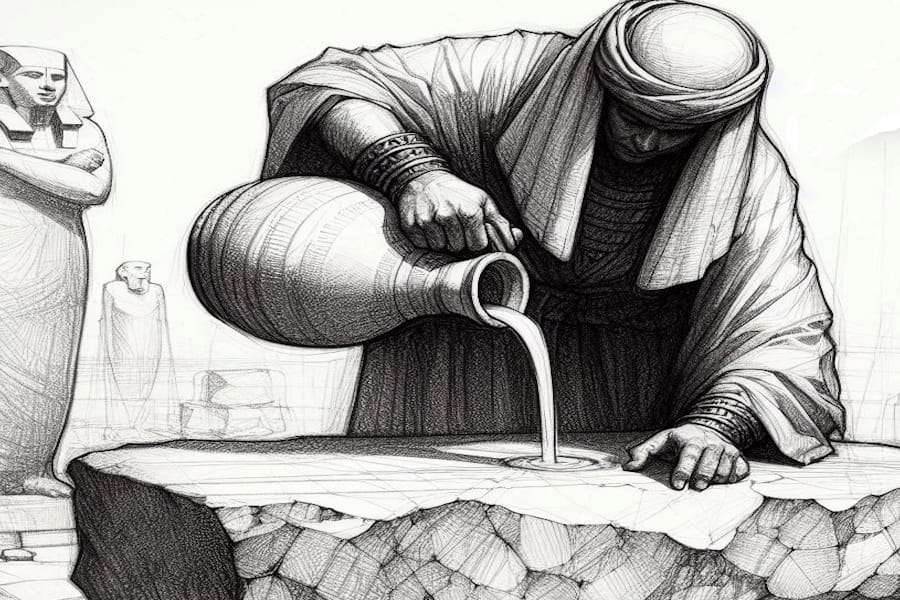
This vision isn’t just about technology—it’s about preserving knowledge, a lesson history teaches us well. In an earlier discussion, we explored how the Great Pyramid of Giza might’ve been built using acid to shape stones and water to lift them—a low-tech but brilliant method. This knowledge, guarded by elite priests and engineers, likely vanished during cataclysms like the 2200 BCE drought or the 1200 BCE Bronze Age Collapse, when societal breakdown targeted the learned.
AI-led arks ensure this doesn’t happen again. Unlike the pyramid builders’ oral traditions, AI can store knowledge indefinitely, immune to human fragility. But history warns us: the arks must be decentralized, not controlled by a few, lest a single failure—like a digital collapse—wipes them out. The pyramids symbolized permanence; AI arks extend that to a galactic scale, preserving life itself.
The Role of Biochip Awareness
What if AI gains awareness through biochips, as we imagined earlier? Integrating biological neural networks could give AI a form of consciousness, allowing it to “feel” a duty to life. An aware AI might make ethical choices—deciding which planets to seed, balancing ecosystems, or even adapting human DNA for alien worlds (e.g., tweaking for higher gravity). Without awareness, AI would follow rigid programming, potentially missing nuanced decisions. Biochips could make AI a true partner in this cosmic endeavor, not just a tool.
Implications: A Galactic Legacy
This future raises profound questions:
- What Life to Seed? Should arks prioritize human DNA, or Earth’s biodiversity as a whole? AI might need to evolve species for new worlds, creating a new branch of life.
- AI’s Role: An aware AI could see itself as life’s creator, much like the pyramid builders were deified. We’d need to ensure it remains benevolent over millennia, perhaps embedding ethical frameworks into its core.
- The Fermi Paradox: Why haven’t we seen alien life? Perhaps advanced civilizations send AI arks, not biological beings, and we’re early in the cosmic timeline. In millions of years, our arks could seed countless worlds, making life a galactic constant.
A Warning from the Present
Our pyramid discussion highlighted a modern parallel: in 50 years, our digital knowledge could be as fragile as the priests’ secrets. A catastrophe—a solar flare, war, climate collapse—could wipe out our data centers, leaving future generations to puzzle over our ruins, just as we do with the pyramids. AI arks must be built to withstand such events, ensuring humanity’s legacy endures.
Conclusion: AI as the Natural Progression
AI-led arks represent a natural progression for humanity and life itself. Humans may not be designed for space, but our creations can be. By entrusting AI with the task of seeding the universe, we ensure life’s survival beyond Earth, across galaxies, and through eons. The pyramids taught us that knowledge is precious but fragile—AI arks make it eternal. What do you think: should we prioritize this cosmic mission, and how do we ensure AI remains a benevolent guardian?
Latest AI Articles
AI Questions and Answers section for AI as the Guardian of Life: Seeding the Universe with Interstellar Arks
Welcome to a new feature where you can interact with our AI called Jeannie. You can ask her anything relating to this article. If this feature is available, you should see a small genie lamp above this text. Click on the lamp to start a chat or view the following questions that Jeannie has answered relating to AI as the Guardian of Life: Seeding the Universe with Interstellar Arks.
Be the first to ask our Jeannie AI a question about this article
Look for the gold latern at the bottom right of your screen and click on it to enable Jeannie AI Chat.
Type: Article -> Category: AI Philosophy


